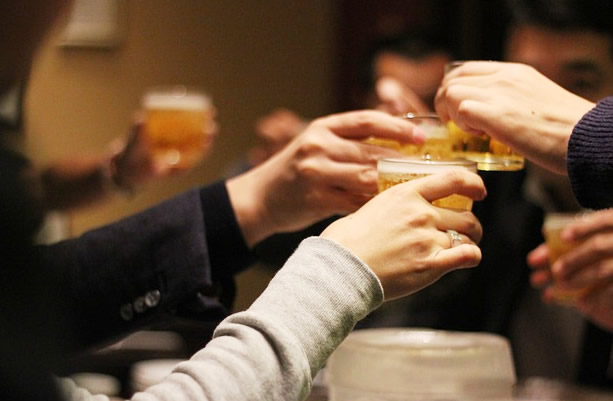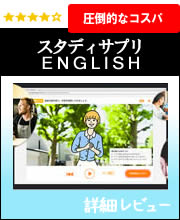先日から「The drinking culture hidden inside Japan’s liquor stores -「日本の酒屋に隠れた飲酒文化」を読んでいます。

・「日本の酒屋に隠れた飲酒文化」(1)
・「日本の酒屋に隠れた飲酒文化」(2)
“Visiting kaku-uchi was part of these workers’ identity,” said Shigehito Yoshida, president of the 280-members-strong Kitakyushu Kaku-uchi Culture Study Group, which organises events and meetups in liquor shops.
「角打ちは、労働者のアイデンティティの一つでした」と語るのは、酒屋でイベントやミーティングを開催する「北九州角打ち文化研究会」(会員数280人)の吉田茂人氏だ。
The story goes that when the steel workers were transferred 800km north-east to Chiba, they brought kaku-uchi culture with them, spreading it to neighbouring Tokyo and throughout Japan around the middle of the 20th Century.
鉄鋼労働者が北東800kmの千葉に転勤した際、角打ち文化を持ち込み、20世紀中頃には近隣の東京や日本全国に広まったと言われている。
While kaku-uchi have evolved since then – for example, the choice of drinks has widened, with some serving cocktails and others specialising in beer or wine – they’ve stayed true to their proletarian origins.
角打ちはその後、カクテルを出すところやビールやワインを専門に扱うところなど、飲み物の選択肢は広がったが、プロレタリアの原点に忠実であり続けた。
proletarian「プロレタリア、労働者階級・無産階級の者」。
Everyone mixes on an even footing and, often, fluid seating or standing arrangements mean that all customers gather around the same table or counter – making it disarmingly easy to strike up a conversation.
また席の配置や立ち位置が流動的なため、全てのお客が同じテーブルやカウンターを囲み、気兼ねなく会話を楽しむことができる。
Simple snacks are available, with typical fare including canned and dried goods, pickles and oden, or Japanese hotpot.
一般的な料金の缶詰や乾物、漬物、おでんなど、簡単な軽食も用意されている。
角打ちは労働者と共に北九州から千葉へ、そして東京にまで広がったと。
お酒が飲める大人向けの駄菓子屋のような、気軽に入れてお客同士交流を楽しめる、そんな憩いの場所なんでしょうね。
一人暮らしの人も多いでしょうし、誰かと会話が出来るスポットがあるのは、とても心強いものだと思います。
理由は単純明快!「少ないコストでしっかり楽しく学べるから」。
私自身の経験(高機能でビックリ)をびっしり書いていますので、良かったら読んでみてください。
下のバナーからどうぞ!






